Received dextrose but worried about its quality? Don't know how to check if it's good? Let's cover the essential quality tests you need to do.
To test quality, perform key lab tests (Assay, heavy metals, moisture), spot fake CoAs, check moisture on arrival, store it dry to prevent clumping, and follow a clear process for claims.
Quality is something you must verify. Bad quality is a major pain point for professional buyers. At FINETECH, we guarantee quality through a strict testing process. Here are the steps you should take.
What key tests guarantee Dextrose Monohydrate purity?
Not sure what to test in a lab? Want to focus on the most important checks? Let's highlight the key tests that define quality and safety.
Key purity tests include Assay (>99.5% dextrose), heavy metals (for safety), moisture content (for stability), and microbiological tests (for cleanliness).
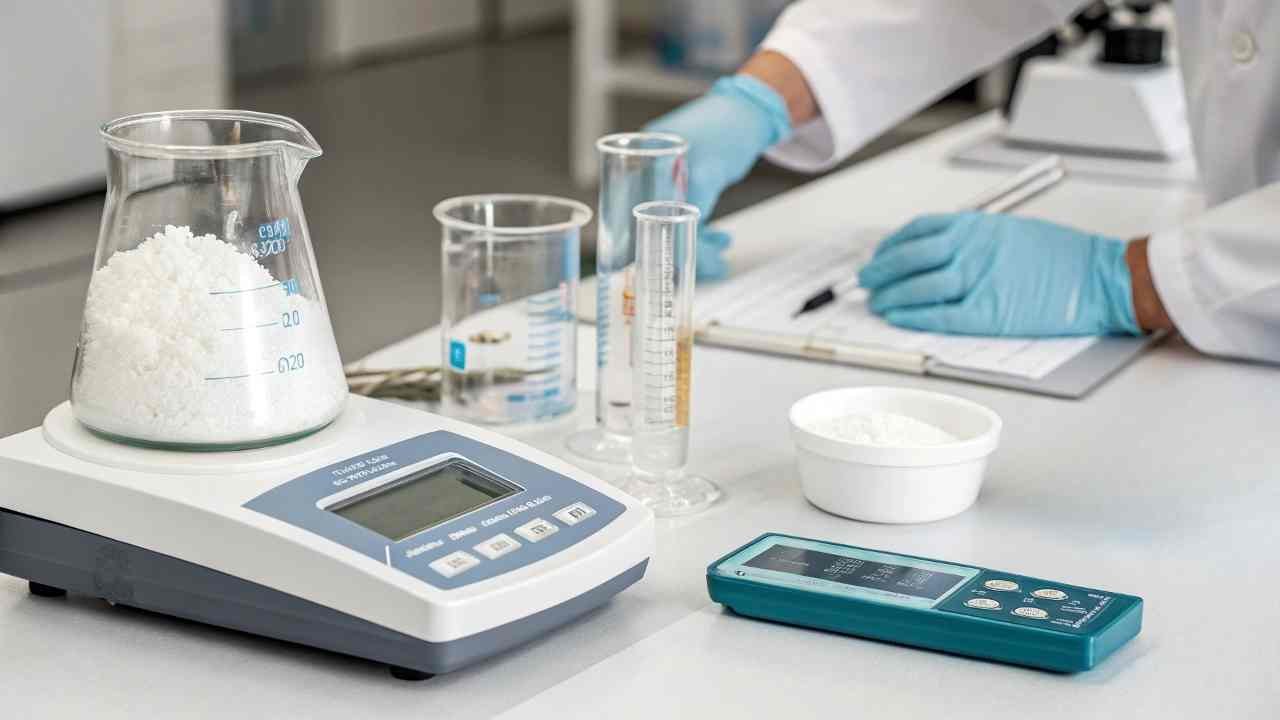
You don’t need to test everything, but you must test these critical four parameters. They give you a clear picture of the product’s purity1, safety, and quality.
Essential Tests Summary:
| Test Parameter | Acceptable Range (Typical) | Why It's Critical |
|---|---|---|
| Assay (Purity) | ≥ 99.5% | Confirms product purity. |
| Heavy Metals | < 1 ppm | Ensures food safety. |
| Moisture Content | 7.5% - 9.5% | Affects stability and value. |
| Microbiological | Low / Negative for pathogens | Ensures food safety. |
How can you spot a fake CoA for Dextrose Monohydrate?
Received a Certificate of Analysis (CoA) that looks suspicious? Worried the data is fake? Let's identify the red flags of a bad CoA.
Spot a fake CoA by checking for mismatched batch numbers, "too perfect" or generic data, unprofessional formatting (no stamp), and a refusal to provide supporting third-party reports.
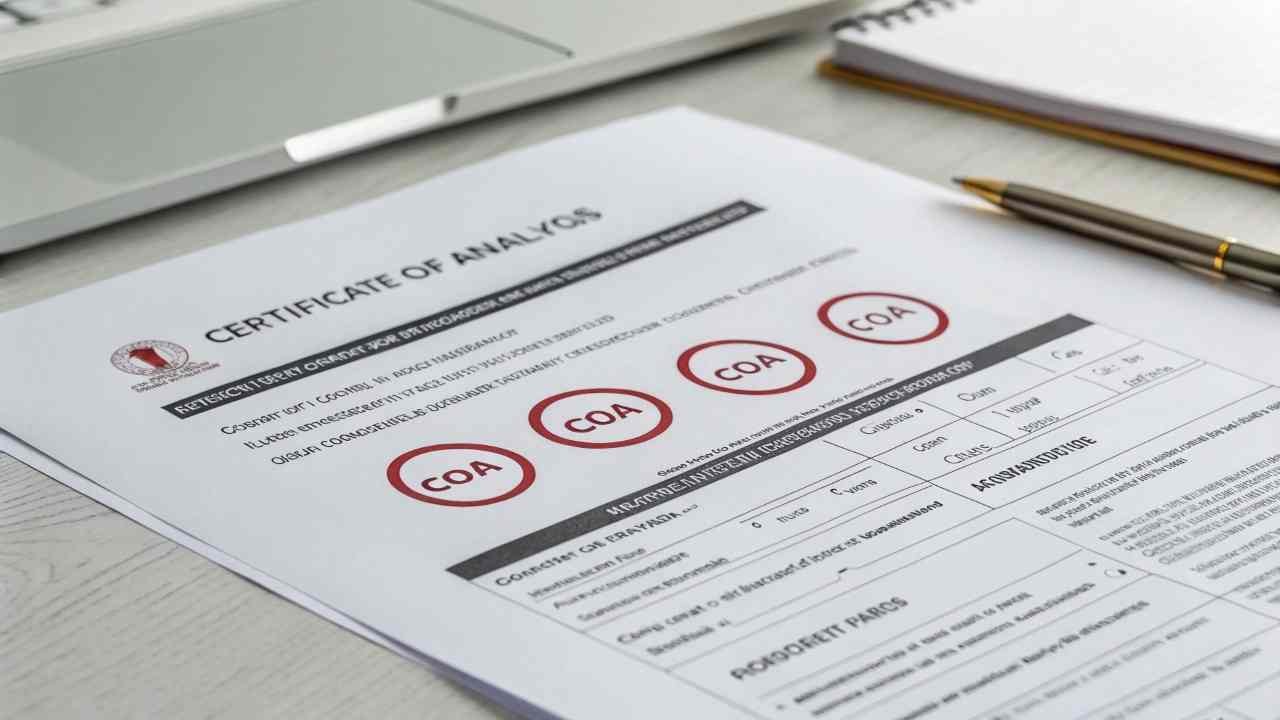
A CoA is only useful if it's real. A real CoA2 must match the batch number on the bags you received. If it doesn't, it's useless. Be suspicious of data that never changes between batches or looks too perfect (e.g., Lead: 0.000 ppm). A professional CoA should be on company letterhead and have an official stamp or signature.
How to Check a CoA:
| Red Flag | What It Suggests |
|---|---|
| Batch Number Issue | CoA is not for your specific product. |
| "Too Perfect" Data | Data is likely fabricated. |
| Unprofessional Format | Document lacks authenticity and authority. |
| Lack of Transparency | Supplier may be hiding a quality problem. |
Why should you test the moisture level of Dextrose Monohydrate on arrival?
Worried about your dextrose caking? Want to ensure you got what you paid for? Here's why you must test moisture upon arrival.
You must test moisture on arrival because high moisture (>9.5%) causes clumping, reduces shelf life, and means you paid for water instead of dextrose. It's a key quality indicator.
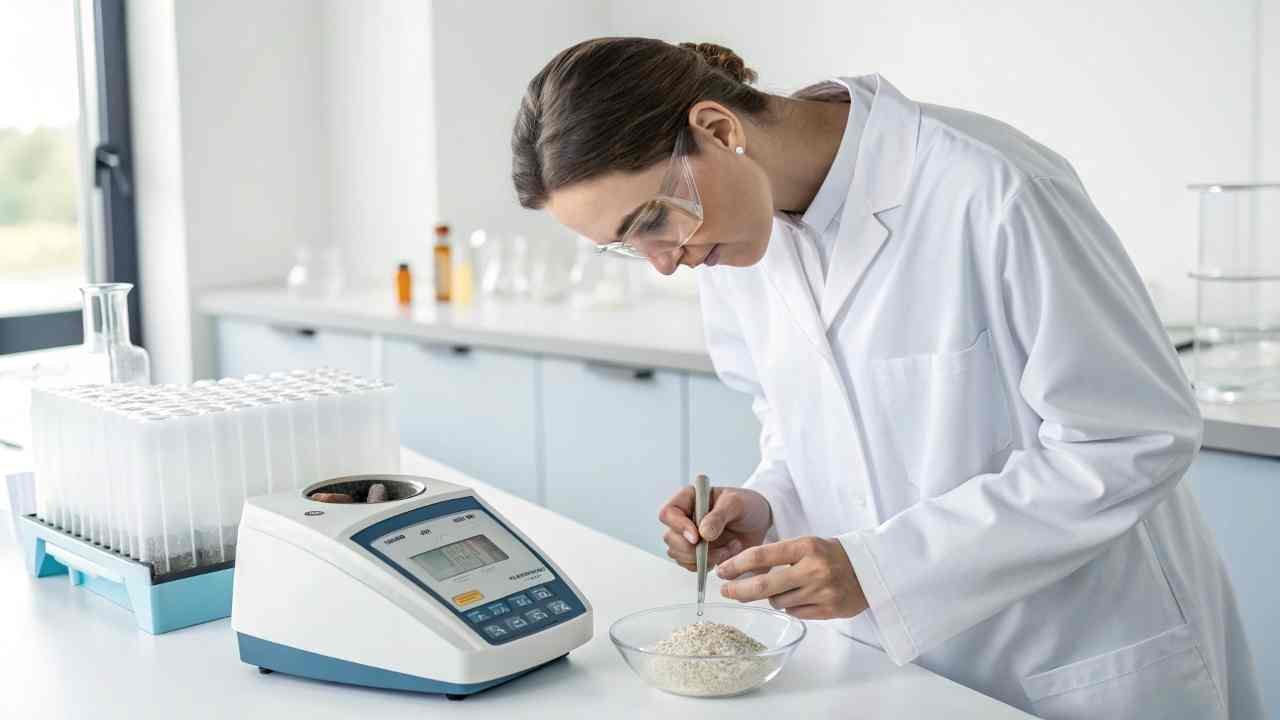
Moisture is the enemy of dextrose quality. The correct range for Dextrose Monohydrate is 7.5% to 9.5%. Anything higher causes caking and means you've been sold excess water. This is a common issue with low-quality suppliers. A simple test with a moisture analyzer3 upon arrival can save you from major production headaches and financial loss. Always take samples from several bags to get an accurate average.
What storage methods prevent Dextrose Monohydrate from clumping?
Frustrated with your dextrose turning into hard blocks? Want to keep it free-flowing? Here are the best, simplest storage methods.
To prevent clumping, store Dextrose Monohydrate in a cool, dry place (ideally <60% humidity), keep bags sealed, and stack pallets off the floor to allow air circulation.
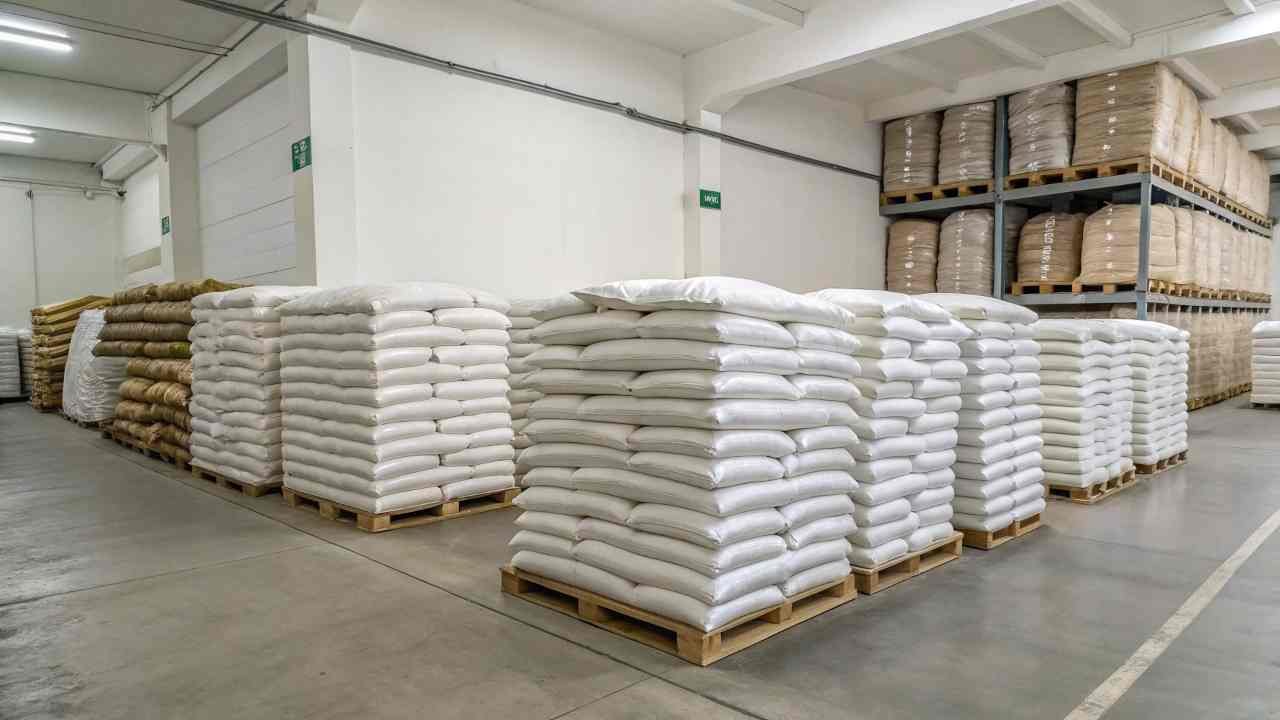
Poor storage will ruin good quality dextrose. The main goal is to protect it from moisture4.
Storage Best Practices:
| Practice | Action | Reason |
|---|---|---|
| Control Humidity | Store in a dry area (<60% RH). | Prevents clumping. |
| Keep Cool | Store away from heat and sunlight. | Reduces caking. |
| Seal Packaging | Keep bags closed tightly. | Protects from air. |
| Use Pallets | Store bags on pallets, not the floor. | Prevents moisture from the ground. |
| Implement FIFO | Use the oldest stock first. | Ensures product is used when fresh. |
How do you claim a refund for poor quality Dextrose Monohydrate?
Received a bad batch? Need to claim a refund or replacement? Follow this professional process to get results.
To claim a refund, quarantine the bad batch, get a third-party lab report to prove the issue, document everything with photos, and formally notify the supplier with the evidence.
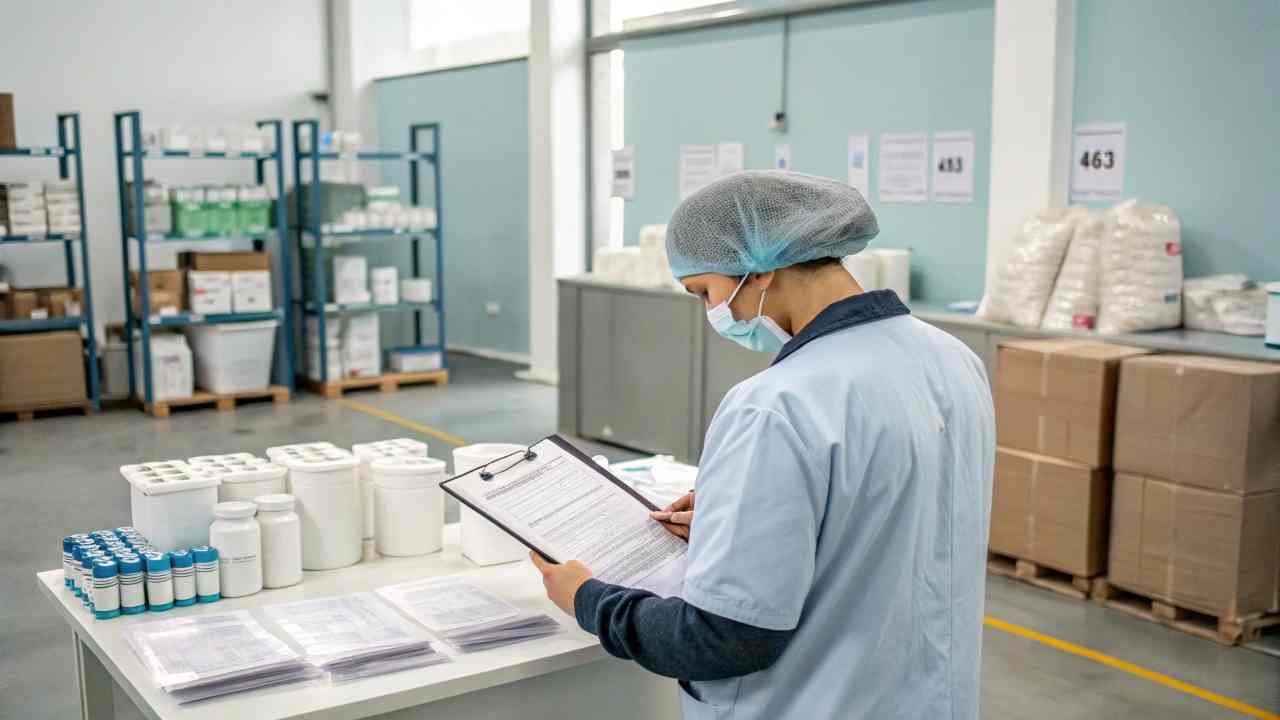
A calm, evidence-based approach works best. Acting fast and documenting everything is key.
- Quarantine: Immediately stop and isolate the bad batch.
- Get Proof: Get a third-party lab report5. This is your most powerful evidence.
- Document: Take photos of the problem (e.g., clumping, damaged bags).
- Notify: Send a formal email to the supplier with your PO number, batch number, and all evidence attached.
- Negotiate: Clearly state what you want (refund, replacement) and negotiate a solution.
A professional supplier will cooperate when faced with clear, objective proof.
Conclusion
Testing dextrose quality is non-negotiable. Perform key tests, verify documents, store it right, and know how to make a claim. This protects your product, your money, and your business.
-
Exploring this link will provide insights into maintaining product integrity and safety standards. ↩
-
Understanding what constitutes a real CoA is crucial for ensuring product quality and safety. ↩
-
Exploring how a moisture analyzer functions can help you ensure the quality of your Dextrose and avoid costly mistakes. ↩
-
Exploring the impact of moisture on dextrose can help you maintain its quality and effectiveness in various applications. ↩
-
Understanding third-party lab reports can enhance your knowledge of quality assurance and product safety. ↩


